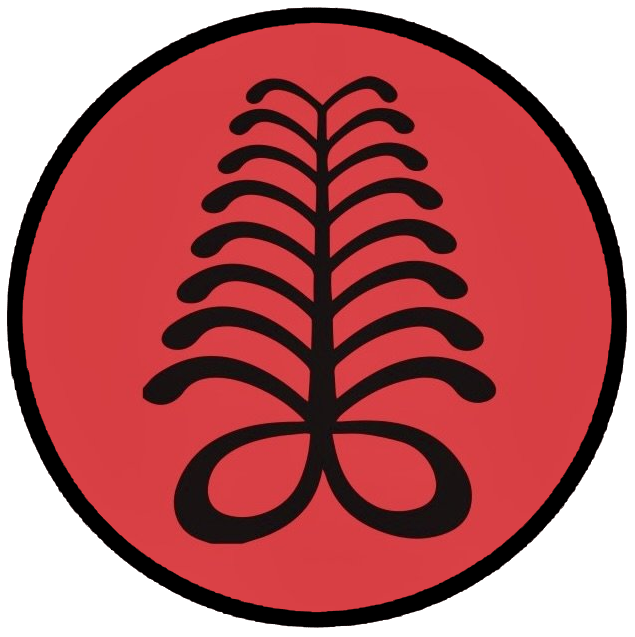Elite Stay-On-Top Focus Tools
1. Standards Over Outcomes
When you’re winning, the danger is slipping into “results thinking.”
Top performers stay sharp by anchoring to performance standards, not outcomes.
Tools:
• Daily non-negotiables (technique, movement quality, effort level).
• Standard-based goals: “Hit my process” rather than “Win again.”
• Weekly accountability check: Did I meet my standards, regardless of results?
2. Continuous Micro-Improvement
Once you’re performing at a high level, you don’t need huge changes — you need 1% gains that stack.
Tools:
• Identify one skill each week to refine.
• Run post-performance debriefs:
– What worked?
– What was luck?
– What needs sharpening?
• Maintain a “next micro-skill” list so progress is always in motion.
3. Protecting Your Mental Edge
Success brings pressure, attention, expectations — which can erode focus if unmanaged.
Tools:
• Pre-performance mental routine (breath + cue word + posture).
• Mindset resets before big matches:
“I compete from preparation, not pressure.”
• Scheduled mental recovery (nature, light sessions, quiet time).
• A personal “identity anchor” — reminding yourself who you are separate from winning.
4. Managing Ego & Complacency
Being at the top can create a comfort zone that leads to subtle slippage.
The goal isn’t humility — it’s hunger.
Tools:
• Leader mindset: Set the tone, don’t follow it.
• Seek out challenges — sparring partners, drills, opponents — who force growth.
• Regular “return to basics” sessions to keep fundamentals sharp.
5. Strengthening Your Support Loop
Top athletes who sustain success never operate alone.
Tools:
• A coach who still gives honest feedback (not praise-only).
• A small trusted circle for reality checks.
• Routine check-ins to adjust training early instead of waiting for cracks.
6. Structured Recovery & Load Awareness
Once you’re performing well, overtraining becomes a bigger threat than undertraining.
Tools:
• Weekly red/green/yellow readiness check (mind + body).
• Planned deloads before you feel burnout.
• Sleep, nutrition, and stress monitoring as non-negotiables.
7. Reinforcing Your Identity as a Competitor
Staying on top requires remembering why you do this — the internal driver, not external validation.
Tools:
• A personal mission or mantra that keeps you grounded.
• Purpose journaling: “What part of me am I sharpening today?”
• A clear vision of the type of competitor you want to be, not just the results you want
Daily Stay-On-Top Performance Checklist:
1. Standards Over Outcomes
• Did I set my process goals for today?
• Did I follow my non-negotiables?
• Did I review my standards briefly before training/competition?
2. Micro-Improvement Focus
• What is my one micro-skill for today?
• Did I work on it with intention?
• Quick debrief: What improved? What still needs work?
3. Mental Edge Maintenance
• Pre-performance routine completed (breath + cue word + posture).
• Did I notice and reset any drift in focus?
• Did I take 2-3 minutes for mental recovery today?
4. Anti-Complacency Actions
• Did I train or compete with leadership standards?
• Did I seek out discomfort or challenge today?
• Did I revisit at least one fundamental skill?
5. Support + Feedback Loop
• Quick check-in with coach/team/self (honest reflection).
• Did I apply feedback from yesterday?
• Notes to bring to next review.
6. Recovery & Readiness
• Morning readiness rating (Red / Yellow / Green).
• Did I adjust training appropriately based on readiness?
• Sleep: ___ hours
• Nutrition on point today?
• Stress management done (breaths, walk, downtime).
7. Competitor Identity
• What competitor do I choose to be today?
• Mission or mantra repeated once intentionally.
• Did my actions match my identity today?
End-of-Day Reflection:
• What did I do exceptionally well?
• What is one thing I’ll sharpen tomorrow?
